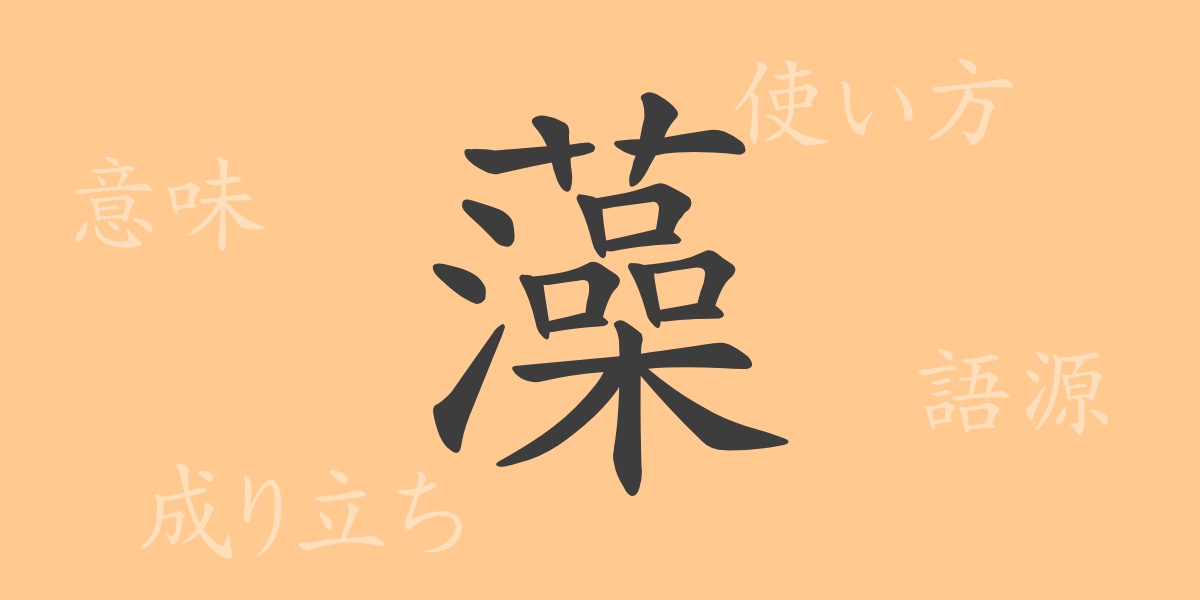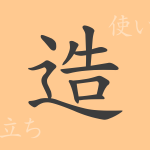Often referred to as the “green of the sea,” ‘藻’ (も – mo) is a character that embodies a quiet strength within the Japanese language. As an essential element of aquatic ecosystems and a significant part of our daily lives, this article explores the Kanji ‘藻’, from its origins to its meanings and uses in Japanese culture.
Origins of 藻 (も – Mo)
The etymology of ‘藻’ traces back to ancient words denoting waterborne plants. Used in classical Chinese to mean water plants or seaweed, this character has been embraced in Japan for centuries to indicate aquatic vegetation.
Meaning and Usage of 藻 (も – Mo)
The Kanji ‘藻’ generally refers to aquatic plants, especially seaweeds such as nori and wakame. These edible seaweeds are renowned in the culinary world and are considered superfoods due to their beneficial health and beauty properties.
Readings, Stroke Count, and Radical of 藻 (も – Mo)
The Kanji ‘藻’ offers intriguing facts about its pronunciation and structure:
- Readings: On’yomi (音読み) ‘ソウ’ (Sō), Kun’yomi (訓読み) ‘も’ (mo)
- Stroke Count: Comprised of 19 strokes
- Radical: 艸 (くさかんむり – grass radical)
Phrases and Idioms Using 藻 (も – Mo) and Their Meanings
Several Japanese idioms and phrases include ‘藻’, reflecting its symbolic significance. For instance:
- 藻掻く (もがく – mogaku): Originally meaning to struggle like one entangled in seaweed, it now refers to striving through difficult situations.
- 藻塩 (もしお – moshio): A type of salt made from seaweed, deeply rooted in Japanese culinary traditions.
Conclusion on 藻 (も – Mo)
While ‘藻’ is a familiar presence in our lives, its depth and versatility are often underappreciated. From culinary culture to ecological conservation, seaweed plays a crucial role in various fields. Through this article, we hope you have discovered new aspects of ‘藻’ and gained a deeper appreciation for its significance in Japanese culture.

























